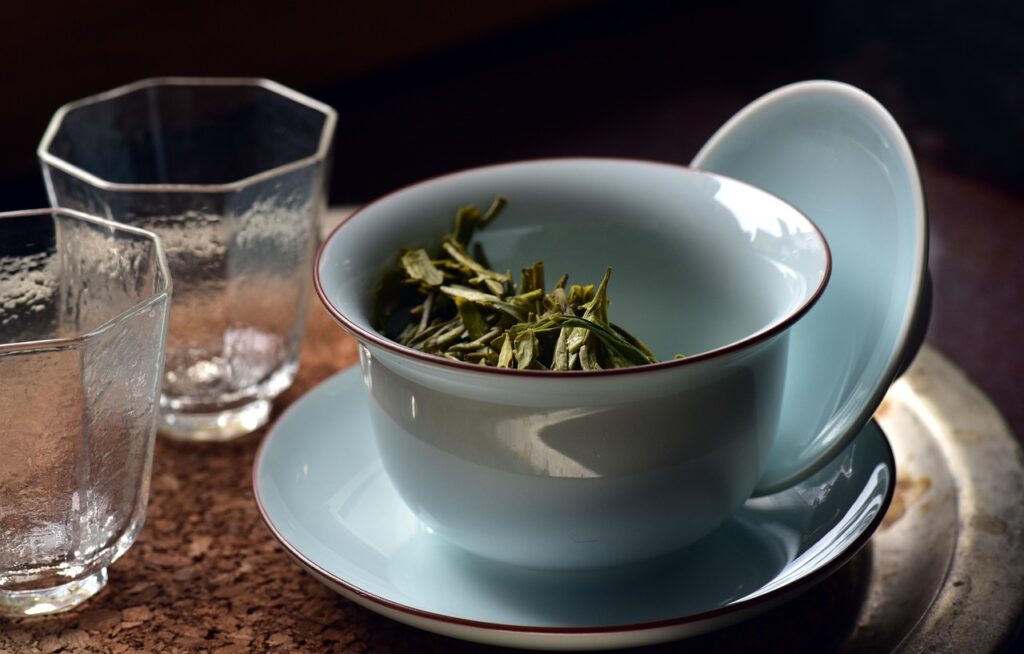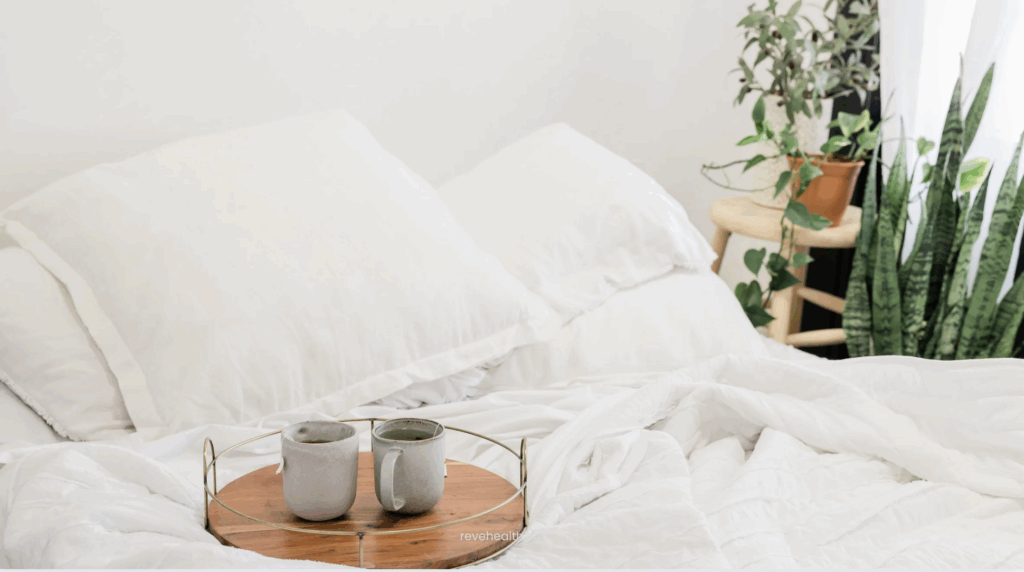Beyond Biomarkers: How Sensory Micro-Interventions Can Elevate Your Health

Micro Interventions for Optimal Health
When we think about improving our health, we often picture big changes: a new diet, an ambitious workout plan, or a major lifestyle reset. But what if some of the most powerful shifts come from the tiniest adjustments, ones you barely notice, but your body does?
That’s the idea behind sensory micro-interventions. These are subtle sensory inputs — things like sound, scent, touch, or visual cues — that gently nudge your body and mind toward balance.
They don’t replace nutrition, sleep, or our Protocols, but they can layer into your daily routine and compliment your Protocol in powerful ways.
Nudges Toward Health
As you know at Rêve Health, we believe your body is always giving you information through biomarkers, hormones, energy levels, and even mood. Lab testing helps us decode that data, but what you do with it daily matters most.
Micro-interventions are like tiny “course corrections” that help you stay aligned between those deeper check-ins.
Think of them as small nudges that keep your health trajectory pointed in the right direction, rather than waiting until you’re far off course to adjust.


Tips To Try Right Now
Sound
Play calming instrumental music during dinner to activate your parasympathetic system, improving digestion.
Scent
Use natural lavender or bergamot essential oils in the evening to lower stress and ease your transition into sleep.
Touch
A weighted blanket can reduce cortisol and promote deeper rest.
Visual Cues
Add plants or nature imagery to your workspace. Even short “visual breaks” with greenery can improve focus and reduce mental fatigue.

Power of Senses
Traditional Chinese Medicine has long understood the power of the senses.
Each organ system is tied to a sensory gateway: the liver to the eyes, the kidneys to the ears, the lungs to the nose.
By engaging these senses with intention, you support not only your nervous system but also your deeper organ balance. Science is now catching up, validating what ancient wisdom has practiced for centuries.

How to Start Your Own Micro-Practice
Choose on Sense
Focus on just one sense to start: sound, scent, touch, or sight.
Start Small
Layer in one small practice for 1–2 weeks.
Track Your Response
Use a journal, a wearable, or simply pay attention to sleep, mood, and energy.
Adjust and Adapt
Add more once you’ve found what resonates with your body

Where the Research Is Heading
Emerging studies show that sensory inputs can measurably impact biomarkers like cortisol, heart rate variability, and even immune response.
In the future, smart homes and wearable tech may integrate micro-interventions automatically — adjusting light, sound, or scent to match your body’s needs in real time.
At Rêve, we see this as the next frontier: combining biomarker data with everyday sensory practices to create a health plan that doesn’t just live in the lab, but in your life.

